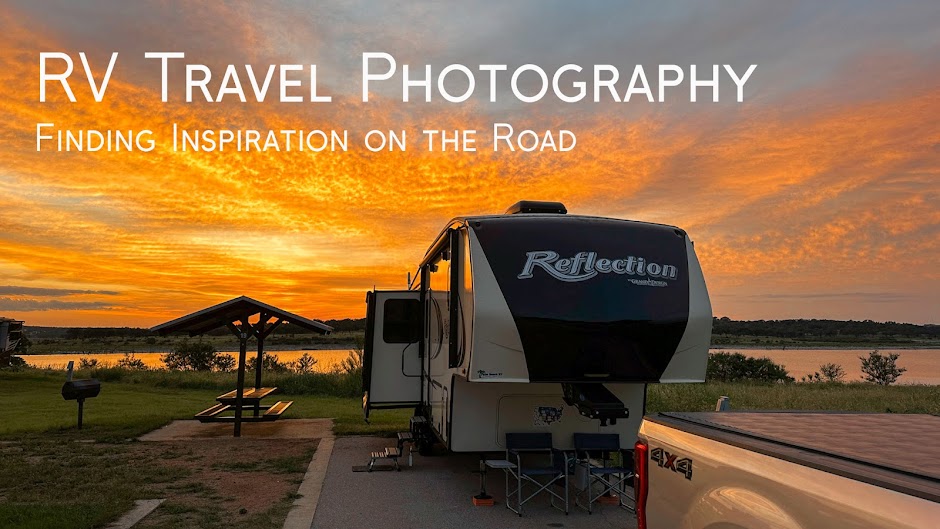This is not about Lake Tahoe or the Great Basin, although our
home on wheels was parked not far from them. I did, however, photograph the
largest alpine lake and second deepest in North America during our stay. But after
one day of enduring miles of single-lane road construction and negotiating precious
road space between a row of parked cars and pedestrians with cameras, we had
enough of the crowded resort lake.
I walked among the granite rocks and bristly shrubs - a sloping
mosaic of textures and natural colors with hints of brilliant red and yellows
from the small wildflowers. I traversed over the hard ground carefully as it
seemed like rattlesnake country, and I was warned of bigger life as well – as in
black bear. But no surprise, I saw little wildlife and nothing bigger than a
blue jay. But I was perfectly content with these rare moments in our travels when
I can wander off from the RV with my camera and macro lens, not restrained by
time or with any expectations. It becomes a meditation of small things that comprise the natural world.
For all I cared, Lake Tahoe could be a thousand miles away. It
was the abundant number of large dandelion seedheads mingling with the wildflowers
that caught my attention. These are the ‘blow balls’ of folklore – blow all the
seeds of a dandelion with one breath and the person you love will love you
back. For the next two days, I searched for seedhead subjects. In whatever way
possible, I knelt down and contorted myself to capture an image of the
dandelion’s fluffy ‘parachutes’. I strained to be as still as possible as I engaged
the automatic focus. The heat of the day was mostly ignored as I tried out various
angles relative to the sun.
Creating unique compositions from this single subject was my
complete focus and I was loving my time in Nevada. That is the power of a macro
lens. The word ‘Macro’ refers to the lens’s capability of making small things appear
large. It can do this by allowing the photographer a very short working
distance. Everything is magnified; therefore, framing is altered with the
smallest of movements. A slight change in angle or distance will have a
noticeable effect on focus area, background, light, and composition. For all
these reasons, the common dandelion seedhead becomes an uncommon subject.
The seedhead’s intricate and three-dimensional design fills
the frame in infinite ways as the surroundings melt away into a gentle blend of
natural tones. Through the lens, the fragile parachutes have a solid presence
by way of their rigid stalks that attach to the central receptacle of the seedhead,
as if undeterred by wind or animal. Out-of-focus parachutes among those that
are in focus become a celestial microcosm of soft textures and radial patterns.
Nature’s detailed functionality becomes art through the
macro lens. And therein lies the challenge of composing and focusing. As with
any kind of photography, you can take macro photography to a level far out of
reach by most. At the very least, putting the camera and lens on a tripod provides
reliable focus points and allows the photographer to use focus stacking from
multiple images to present perfect detail throughout. But for my time, I care not
to be burdened with equipment. Rather, I find joy in the unfettered playfulness
of handholding the macro lens. I love discovering what comes through the lens -
a ‘let’s see what happens’ approach to photography. And there is nothing wrong
with that.

















